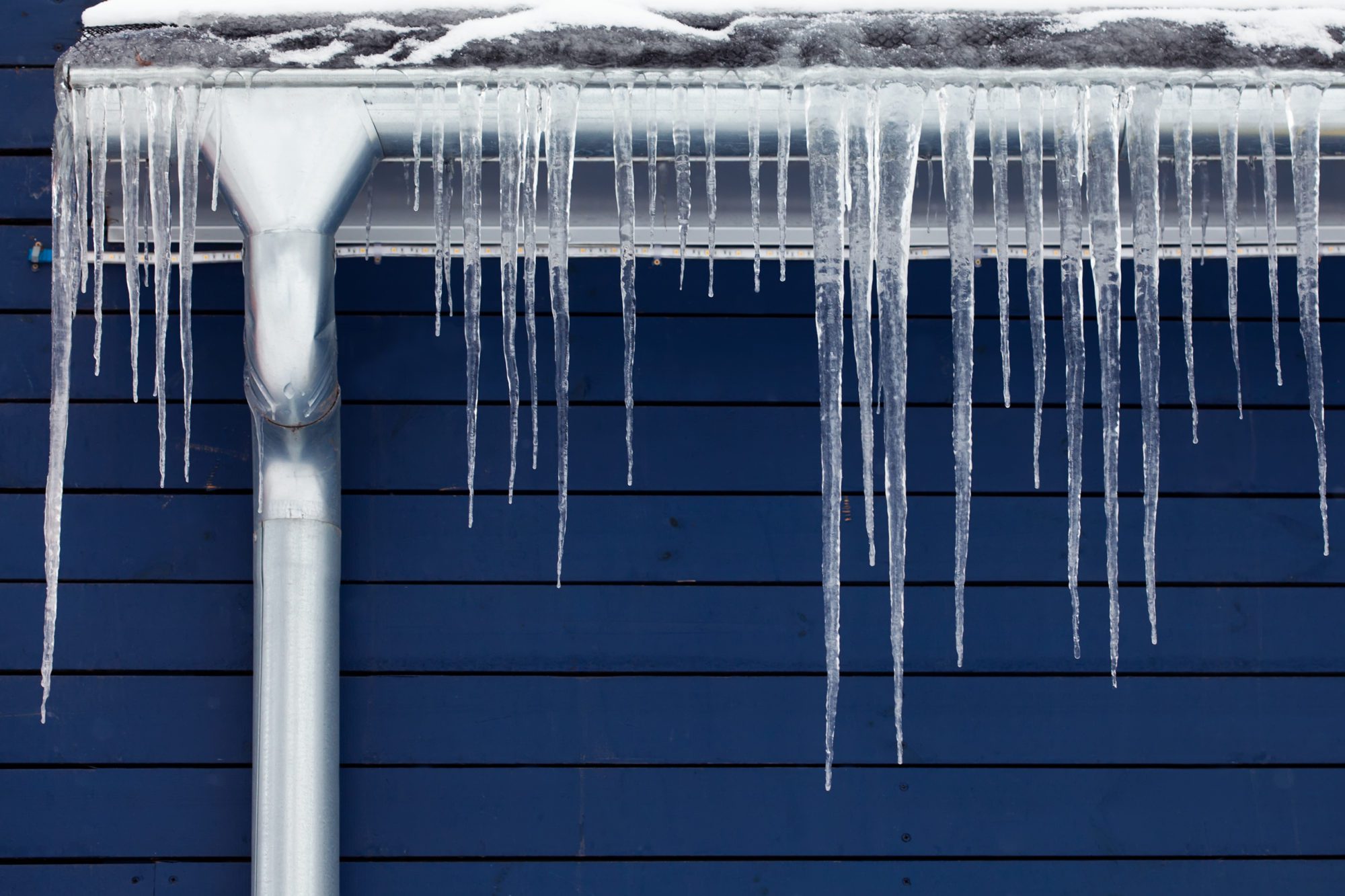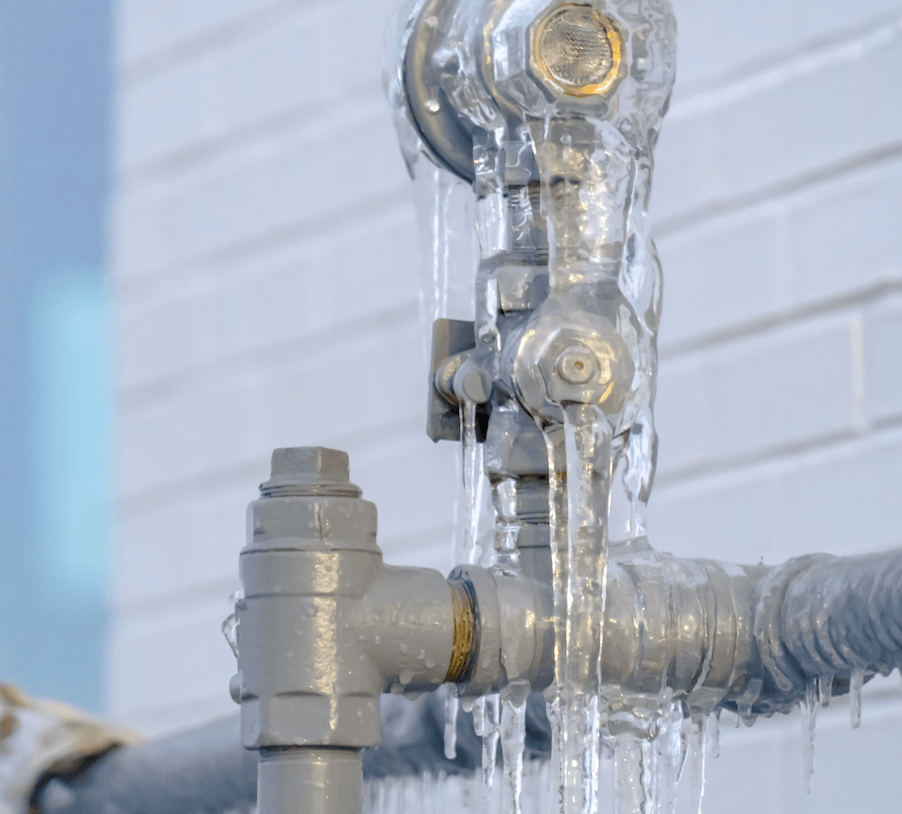Crucial Tips to Protect Against Frozen Pipes in Winter
Crucial Tips to Protect Against Frozen Pipes in Winter
Blog Article
In this article down the page you can discover a bunch of extremely good facts about How To Avoid Freezing Pipes.

Winter can ruin your plumbing, particularly by freezing pipelines. Right here's just how to prevent it from happening and what to do if it does.
Intro
As temperatures decrease, the danger of frozen pipelines increases, possibly leading to expensive repair work and water damage. Recognizing just how to stop frozen pipes is crucial for house owners in cool climates.
Avoidance Tips
Protecting prone pipes
Cover pipelines in insulation sleeves or use heat tape to shield them from freezing temperatures. Concentrate on pipelines in unheated or exterior locations of the home.
Heating methods
Keep interior areas properly heated, especially areas with pipes. Open cupboard doors to allow warm air to flow around pipelines under sinks.
Exactly how to recognize frozen pipes
Seek decreased water circulation from faucets, uncommon odors or sounds from pipelines, and visible frost on revealed pipelines.
Long-Term Solutions
Architectural changes
Consider rerouting pipelines away from exterior wall surfaces or unheated areas. Add extra insulation to attics, cellars, and crawl spaces.
Upgrading insulation
Purchase top quality insulation for pipelines, attic rooms, and walls. Correct insulation assists maintain regular temperatures and reduces the danger of icy pipes.
Securing Outdoor Pipes
Yard hose pipes and outdoor faucets
Detach and drain garden hose pipes prior to winter. Install frost-proof faucets or cover outdoor faucets with protected caps.
Comprehending Icy Pipelines
What creates pipes to freeze?
Pipelines freeze when exposed to temperature levels below 32 ° F (0 ° C) for extended periods. As water inside the pipelines ices up, it broadens, putting pressure on the pipeline wall surfaces and possibly creating them to burst.
Dangers and damages
Icy pipes can lead to water system disturbances, residential or commercial property damages, and pricey repairs. Ruptured pipelines can flood homes and cause comprehensive architectural damages.
Signs of Frozen Pipes
Recognizing icy pipes early can stop them from bursting.
What to Do If Your Pipes Freeze
Immediate actions to take
If you think icy pipes, keep taps open to eliminate pressure as the ice thaws. Utilize a hairdryer or towels taken in warm water to thaw pipelines slowly.
Conclusion
Preventing frozen pipelines needs proactive steps and quick reactions. By recognizing the causes, indicators, and preventive measures, home owners can safeguard their pipes during winter.
Helpful Tips to Prevent Frozen Pipes this Winter
UNDERSTANDING THE BASICS: WHY PIPES FREEZE AND WHY IT’S A PROBLEM
Water freezing inside pipes is common during the winter months, but understanding why pipes freeze, and the potential problems it can cause is crucial in preventing such incidents. This section will delve into the basics of why pipes freeze and the associated problems that may arise.
THE SCIENCE BEHIND FROZEN PIPES
When water reaches freezing temperatures, it undergoes a physical transformation and solidifies into ice. This expansion of water as it freezes is the primary reason pipes can burst. As the water inside the pipe freezes, it expands, creating immense pressure on the walls. If the pressure becomes too great, the pipe can crack or rupture, leading to leaks and water damage.
FACTORS THAT CONTRIBUTE TO PIPE FREEZING
Low Temperatures: Extremely cold weather, especially below freezing, increases the risk of pipes freezing. Uninsulated or Poorly Insulated Pipes: Pipes located in unheated areas, such as basements, crawl spaces, or attics, are more prone to freezing. Insufficient insulation or lack of insulation altogether exacerbates the problem. Exterior Wall Exposure: Pipes running along exterior walls are susceptible to freezing as they encounter colder temperatures outside. Lack of Heating or Temperature Regulation: Inadequate heating or inconsistent temperature control in your home can contribute to frozen pipes. PROBLEMS CAUSED BY FROZEN PIPES
- Pipe Bursting: As mentioned earlier, the expansion of water as it freezes can cause pipes to burst, resulting in significant water damage.
- Water Damage: When pipes burst, it can lead to flooding and water damage to your property, including walls, ceilings, flooring, and personal belongings.
- Structural Damage: Prolonged exposure to water from burst pipes can compromise the structural integrity of your home, leading to costly repairs.
- Mold and Mildew Growth: Excess moisture from water damage can create a favorable environment for mold and mildew growth, posing health risks to occupants.
- Disrupted Water Supply: Frozen pipes can also result in a complete or partial loss of water supply until the issue is resolved.
WHY CERTAIN PIPES ARE MORE PRONE TO FREEZING
- Location: Pipes located in unheated or poorly insulated areas, such as basements, crawl spaces, attics, or exterior walls, are at higher risk of freezing.
- Exterior Pipes: Outdoor pipes, such as those used for irrigation or exposed plumbing, are particularly vulnerable to freezing as they are directly exposed to the elements.
- Supply Lines: Pipes that carry water from the main water supply into your home, including the main water line, are critical to protect as freezing in these lines can affect your entire plumbing system.
- Underground Pipes: Pipes buried underground, such as those connected to sprinkler systems or outdoor faucets, can be susceptible to freezing if not properly insulated.
https://busybusy.com/blog/helpful-tips-to-prevent-frozen-pipes-this-winter/

I discovered that post about Helpful Tips to Prevent Frozen Pipes this Winter while doing a lookup on the internet. Kindly take the opportunity to distribute this article if you appreciated it. Thank you for going through it.
Request Your Service Report this page